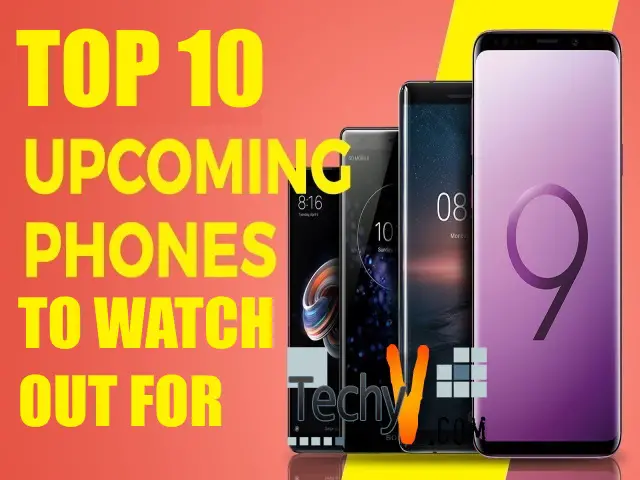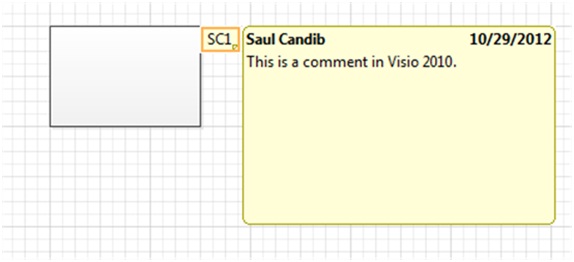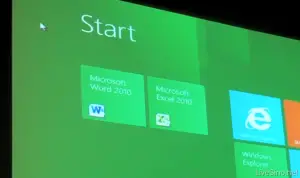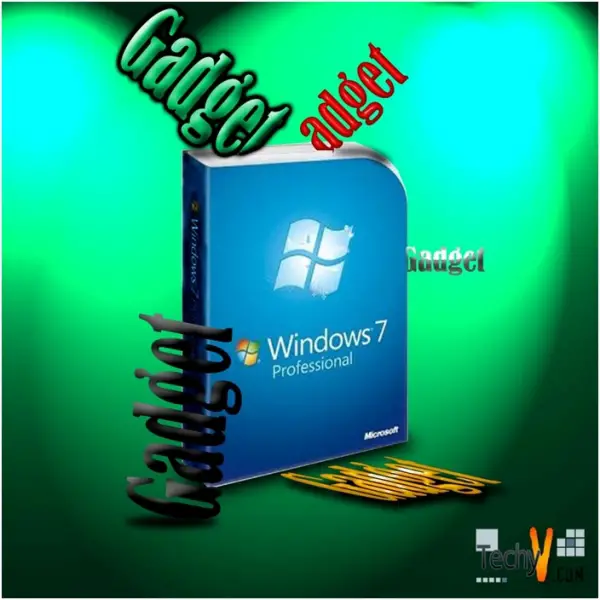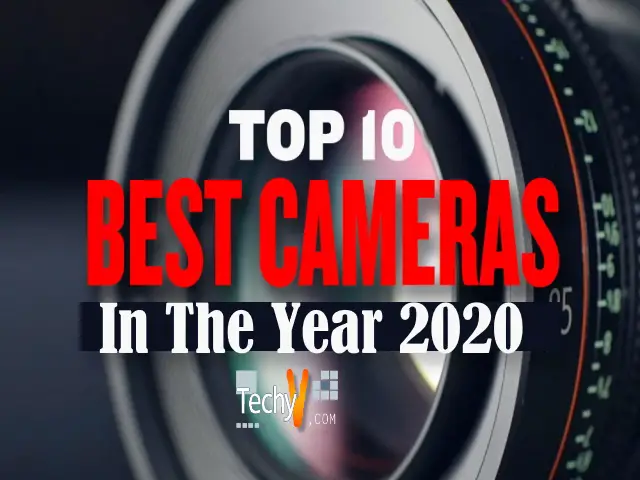OnePlus Nord A phone from one of the most popular brands in India, the OnePlus Nord is targeting the mid-price segment and aims to dethrone the widely successful iPhone SE (2020). After the OnePlus 7 and 8 series, the brand had come under some criticism for their move towards the luxury end of the market; which, frankly, had been only a question of time. The phone has already made its appearance on the YouTube channel JerryRigsEverything, in collaboration with OnePlus. However, the specifications haven’t been revealed yet.
A phone from one of the most popular brands in India, the OnePlus Nord is targeting the mid-price segment and aims to dethrone the widely successful iPhone SE (2020). After the OnePlus 7 and 8 series, the brand had come under some criticism for their move towards the luxury end of the market; which, frankly, had been only a question of time. The phone has already made its appearance on the YouTube channel JerryRigsEverything, in collaboration with OnePlus. However, the specifications haven’t been revealed yet.
It is expected to sport a 6.5″ 90 Hz AMOLED Display and with an in-screen fingerprint sensor, like the previous phones. It’s supposed to have a 6 GB RAM paired with a Snapdragon 765G processor, which is not the best but gets the job done. The camera arena, (this is where it smokes the iPhone out), we can expect a two-camera setup on the front. There is a standard 32 MP main and a whopping 105 degrees wide-angle, so now you can forget the selfie stick on your next outing. On the rear, it’s a four-camera setup, according to Forbes, a 48 MP main, 8 MP ultrawide, 5 MP macro and 2 MP portrait lens.
We have to wait for the unboxings to see how much the lesser resolution subsidiary lenses are useful. The battery stores about 4100 mAh which is, gain sufficient but a significant drop from the OnePlus 8 ‘s impressive capacity. The phone is priced in the sub 500 $ (38, 000 Rs.) category, as indicated by CEO Peter Lau.
The phone will be unveiled on 21 July in an AR launch. You can view the event and buy the tickets for it on the OnePlus Nord app.
ASUS RoG Phone 3
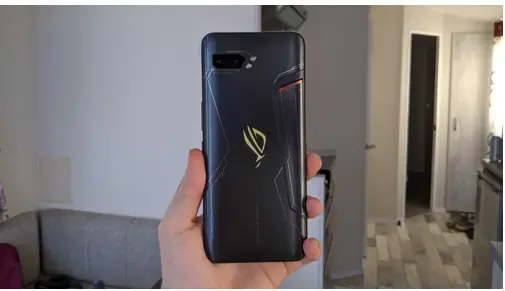
This is one of the most powerful smartphones on the market. It’s rare to see a gaming phone take off with the general public, and each ROG phone has generated more excitement than its predecessors. This time around the ROG phone is expected to have a 6.9 inch AMOLED (1080 X 2340) display with a 144 Hz refresh rate. Its a powerhouse, thanks to the latest Qualcomm Snapdragon 865 plus chipset with an Octa-Core performance, and an 8 GB RAM.
The design of the phone is very similar to the previous iteration, which had become quite popular. It has a three-camera setup on the rear, which includes a 64 MP primary camera. The top tier performance also warrants big power storage, on which the ROG phone does not disappoint, sporting a massive 6000 mAh battery. Furthermore, it even supports 30 W fast charging.
The launch is to be on 22 July 2020, during the ASUS ROG Game Changers event. You can watch it on ASUS’s official channel on YouTube.
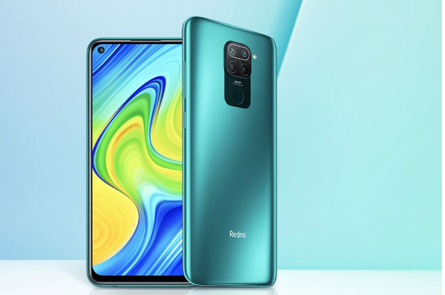
This one is for the lower budget end of the market. The Redmi Note series has been favoured mainly in the Asian markets, and the primary selling point is its price. The Redmi Note 9 seems to do justice to its lineage. It has a 6.53″ FHD Display with a screen brightness of 450 nits and protected with a Gorilla glass front. It has a quad-camera setup on the rear – 48 MP Main, 8 MP Ultra-wide, 2 MP Macro, 2 MP Depth. In the foreground, we have a 13 MP hole-punch camera.
It is powered by the MTK Helio G85 processor which is a solid budget option, coupled with a 3 GB/4 GB RAM option. The 5050 mAh battery supports 18W of smart charging. It also has a Pro variant, in which you would get a 64 MP primary camera and a 6 GB RAM. It has a 3.5 mm headphone jack, which is increasingly becoming rare in the smartphone market.
The launch will be on 20 July 2020.
Expected Price – 15,000 Rs.
Xperia 1 II

Sony had been out of the smartphone market for some years, but now they are back with a bang. And they also carved themselves a niche in the market – of the most aesthetically pleasing and best camera phones in the market. The Xperia 1 II is just that. It will have a stunning 6.5″ HDR 4K OLED Display with Motion Blur Reduction.
It has a triple camera setup on the rear – differing focal lengths, each of 12 MP and a front camera of 8 MP. Some early reviews show it is well in the mix for the best rear camera on a smartphone. But given these features, it doesn’t shy away in the performance department either. It has a Snapdragon 865 SoC and a 4000 mAh battery. It also is 5G capable.
Status – To be available soon
iPhone 12
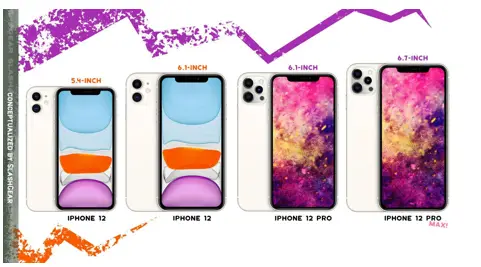
Every year after the iPhone line up is announced, it doesn’t take more than a few months for people to start speculating about the next one. But this year, in the fall, it’s unique. Because the iPhone 12 line up will have a full design overhaul, it will be going back to the box-shaped design, similar to what happened with the iPad Pro. Other than the design, finally, we can expect a high refresh (120 Hz) OLED screen on an iPhone. It will be powered by the new A14 processor along with a 4 GB and 6 GB RAM options. There would be four phones in the lineup, with sizes ranging from 5.4″ to 6.7″. The battery capacities are expected to range from 2200 mAh to 3600 mAh, which isn’t very impressive. But we may have a 20 W fast charging., but without a power charger in the box ;). But it is supposed to be a hefty markup price over the already expensive iPhone 11, probably due to the OLED screen and 5G support.
Nokia 8.3 5G
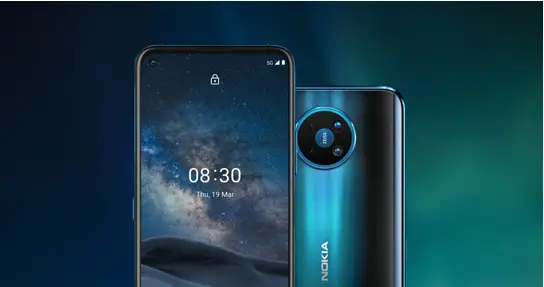
Another re-emerging brand, this one has been in our memories back to when phones came into our lives. Soon, Nokia is expected to release its flagship, Nokia 8.3 5G. It sports a 6.8″ IPS LCD Display with a resolution of 1800 X 2400. It is powered by the Snapdragon 765G SoC which is not very satisfactory considering its expected price of 500 euros (about 42,000 Rs.). But it does come in RAM options of 6/8 GB. It has a quad-camera setup on the rear, including a 64 MP primary camera. It is powered by 4500 mAh battery capable of 18W fast charging.
Moto G 5G Plus
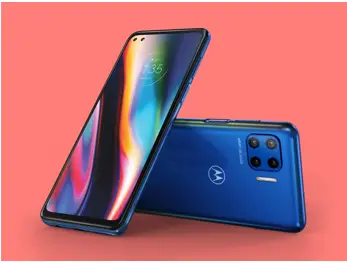
After the release of their flagship Motorola Edge Plus a few months ago, a budget-oriented Motorola G 5G Plus is expected to hit the markets soon. The expected price is around 29,000 Rs. in India. It has a 6.7″ IPS display with a 90 Hz refresh rate. On the rear, it has a Quad Camera setup – 48 + 8 + 5 +2 and has a 16 MP front camera. It is powered by a massive 5000 mAh battery which also supports the traditional Motorola turbo-charging. After favorable reviews on the Edge Plus, it will be exciting to see what Motorola serves up with this one.
Pixel 4A
![]()
The Google Pixel lineup has been famed for their cameras since the beginning, but others are soon catching up as well. Now they aim to challenge the iPhone SE (2020) with the Pixel 4A. After Google accidentally leaked it themselves in their store, we see that it has a single rear camera and a single hole punch front camera as well. It’s expected to be 5.8-inch display and powered by Snapdragon 730 SoC, a budget option. Its battery is poised at about 3100 mAh. The release is supposed to be sometime this fall, perhaps October.
Samsung Z Fold 2
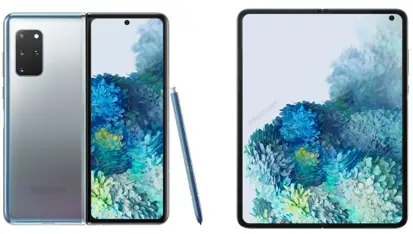
Foldable phones are the next major turning point for the smartphone industry, and Samsung made one of the first ones. Though they had some stability issues with the first one, it was still ahead of its competition. For the second iteration, it is showing a 7.7 inch foldable 120 Hz AMOLED display. It has a triple camera setup on the rear – 64 + 12 + 12 and a 10 MP sensor on the front. It would run on the Snapdragon 865+ SoC, the latest from Qualcomm. It will be supported by a robust 4400 mAh battery. The phone event was delayed from it planned 5 August unveil, and will now launch sometime later in the year.
Samsung S30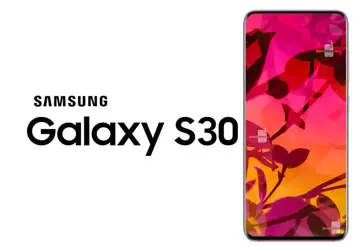
Samsung’s most premium phones, the S series, had been top-rated this year with the S20s. But now we have entered the latter half of the year; speculations have started on the S30 which Samsung would release at their Unpacked event in March 2021. It is rumoured that Samsung is working on an in-display front camera, which would allow them to make an actual full-screen display.
On the rear, a six-camera setup is expected. It will be powered with an Exynos 1000 chipset which is supposed to 3 times as powerful as the Snapdragon 865. For the USA, it will ship with the upcoming Snapdragon 875. As with Apple, they probably also won’t be shipping chargers with the retail boxes, in a bid to reduce e-waste. The pricing is also expected to 100-200 $ higher than the S20, considering the camera improvement and the 5G compatibility.



